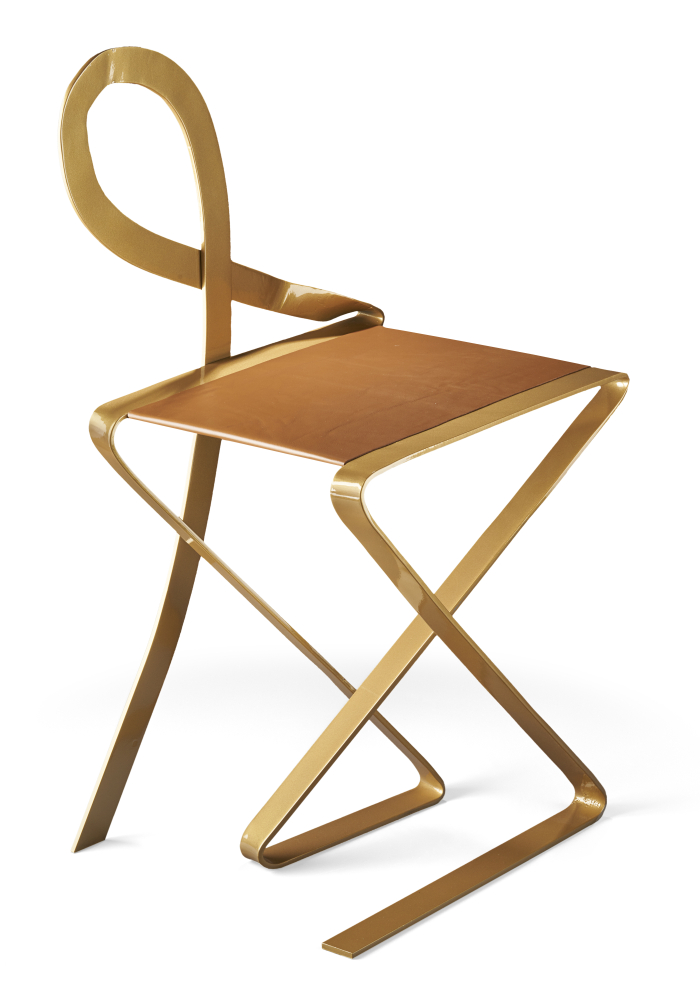According to Germanic folklore: A wet February brings a fruitful year.
And that, we'd argue, not only in terms of vegetation, but also in terms of your individual personal development: a wet February meaning more time spent in museums and thus an enhanced opportunity to engage in meaningful and relevant and motivating discourses and discussions. An ideal environment in which to allow your appreciations of and positions to the world around you to optimally develop, swell, ripen and nourish.
So come on February...... Rain!!!
Our five recommended growth stimulating shelters for February 2023 can be found in Cologne, Stockholm, Hornu, Hamburg and Montréal.......
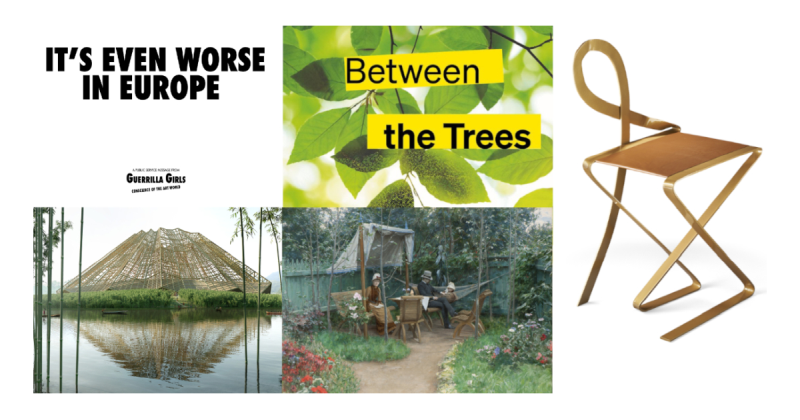
For all that trees primarily exist in forests and woodlands, unless that is they are being felled to make way for railways, motorways, or open-cast coal mines, trees are also components of urban spaces, and long have been. And that as cultural components every bit as much as physical components. However, as the MAKK – Museum für Angewandte Kunst Köln, Cologne, tends to opine, these days we don't always either notice urban trees or give them the attention and recognition they deserve, these days it isn't so much that we can't see the wood for the trees, but have lost sight of the trees as well.
Between the Trees will seek to change that via a presentation of works of design, craft and art which through presenting and discussing various aspects and facets of trees as our urban cohabiters, through discussing trees as cultural and physical entities, through discussing the relevance and contribution of urban trees to urban life and urban communities, aims to enable and instigate a differentiated discourse on the role and function of urban trees. And, and not unimportantly, to enable and instigate a differentiated discourse on the importance of considering trees and the environments they enable and support in urban planning strategies: of considering trees as a core component of urban planning, and not just as a bit of decoration via which to adorn and beautify the architects vision. And certainly not considering urban trees as but a passive hindrance to be felled.
And as befits an exhibition on tress in urban contexts, Between the Trees will continue outwith the confines of the MAKK with a number of events and interventions throughout the city, including on Kolpingplatz next to the museum which, apparently, is the oldest park in the contemporary Cologne.
Between the Trees. Urban Green – Art – Design is scheduled to open at MAKK – Museum für Angewandte Kunst Köln, An der Rechtschule 7, 50667 Cologne on Friday February 3rd and run until Sunday April 16th. Further details can be found at https://makk.de
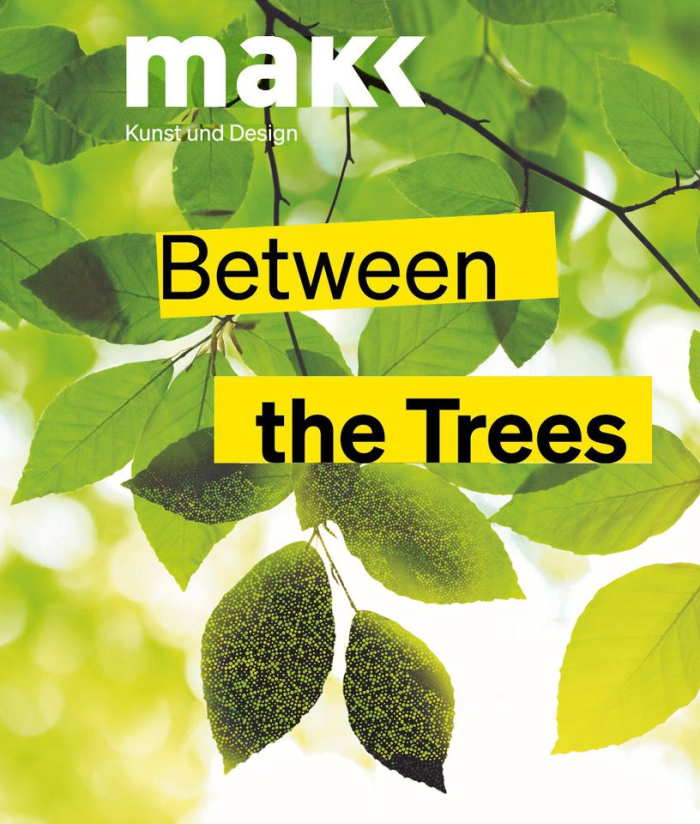
It may be a Covid thing, it may be a recently won increased awareness of the importance and relevance of life lived out of doors, we no know, but throughout 2023 a great many exhibitions are planned internationally exploring gardens in various aspects and contexts.
See also ⇈⇈⇈
With The Garden – Six Centuries of Art and Nature the Nationalmuseum, Stockholm, aim, as the title neatly implies, to explore developments in both the garden as a physical space and also our relationships with our gardens, as expressed in and by works of art; primarily via painting but also sculpture, applied art and the sketches and plans of garden architects and designers.
Promising a presentation of some 300 works from across the past 600 years by creatives as varied as, and amongst many, many others, Antoine Watteau, Claude Monet, Carl Larsson, Kristian Zahrtmann or André Le Nôtre, The Garden promises to take the visitor on a journey from the strictly quadratic, formal gardens of Renaissance Europe to our contemporary much freer, much less quadratic gardens, a journey that in addition to the garden as such also promises to explore relationships between gardens and users, between gardens and society. And as such promises not only to allow for insights into developing appreciations of the role and function of gardens over the past six centuries, nor only allow for insights into developing appreciations of relationships with nature, relationships with the natural world the garden seeks to tame and/or recreate, over the past six centuries, but should also allow for better appreciations of gardens as being every bit expressions of contemporary society as interiors: of garden design, as with interior design, as being about more than simply arranging objects, more than simply adding objects to a space, but about developing a space in context of and as a contributor to contemporary positions and contemporary society.
The Garden – Six Centuries of Art and Nature is scheduled to open at Nationalmuseum, Södra Blasieholmshamnen 2, 111 48 Stockholm on Thursday February 23rd and run until Sunday January 7th 2024. Further details can be found at www.nationalmuseum.se
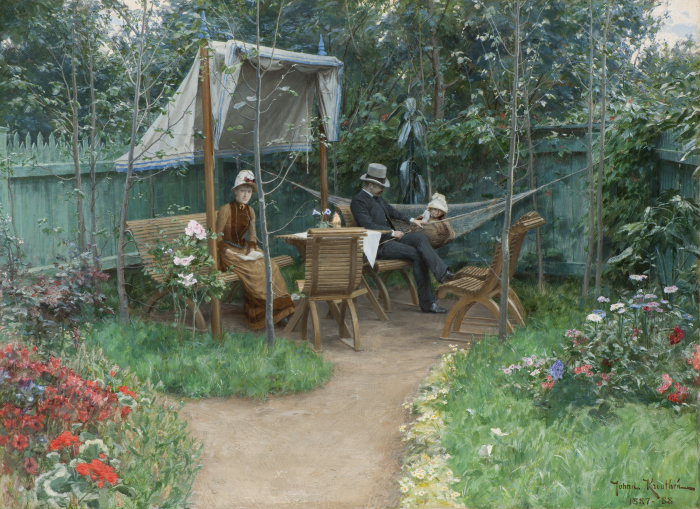
Michele De Lucchi is inarguably one of the more important, interesting and informative architects and designers to emerge from the latter years of post-War Italian Radicalism. An alumnus of both Studio Alchimi and Memphis, and long-time design director at Olivetti, De Lucchi achieved a popular fame not only on account of his ever majestic beard, but also through objects such as, for example, the Tolomeo lamp for Artemide or the chair First for Memphis, a work that, by all accounts, was the only Memphis product that sold in any sort of measurable numbers.
With Futuro Gentile - A Kind Future the Centre for Innovation and Design, CID, promise a retrospective of De Lucchi's work, or more accurately of the work of De Lucchi and his colleagues and collaborators in his AMDL Circle studio, and that, and in an unusual move for CID, in and exhibtion employing all their exhibtion space: or put another way, some 1200 sqm of De Lucchi and AMDL Circle.
1200 sqm divided into four chapters: Vertical Houses, those studies, those concepts of precarious, improbable, high-rise buildings with which De Lucchi experimented at the beginning of his career and studies which, in many regards, he has continued to develop ever since; Earth Stations, De Lucchi and AMDL's imaginary monumental architecture, works that link back to the theoretical environment of the 1960s and 70s in which the architect De Lucchi developed, and works which propose new forms of relationships between the built and natural world, between buildings and humans, between humans and humans; Satellite Stations, architecture designed to be consumed over time by the environment that surrounds it and therefore be both as permanent and temporary as that environment; and Produzione Privata, a, if one so will, brand established by De Lucchi and Sibylle Kicherer in 1990 to develop, realise and sell furniture, lighting and objects of daily use with a craft rather than an industrial sensibility, and for all objects freed from all too great commercial considerations, certainly with no consideration of the mass market furniture industry.
And 1200 sqm which, as best we can ascertain, won't include the many products designed by De Lucchi for manufacturers such as, for example, Olivetti, Memphis or Artemide: no Tolomeo, no First. And thus a retrospective which should allow for much more nuanced and insightful and probable appreciations of De Lucchi, his work and his relevance than is normally possible, for appreciations of Michele De Lucchi beyond the popular, commercial, fame.
Michele De Lucchi & AMDL Circle. Futuro Gentile - A Kind Future is scheduled to open at the Centre for Innovation and Design at Grand-Hornu, Rue Sainte-Louise 82, 7301 Hornu on Sunday February 12th and run until Sunday August 27th. Further details can be found at www.cid-grand-hornu.be

The Guerrilla Girls collective formed in New York City in 1985, or perhaps more accurately, arose from the New York City of 1985 as a campaigning activist platform for greater visibility of female and non-white artists in American galleries and museums (and the media), for a greater public acknowledgment of female and non-white artists in America, and further afield. For a move of American society (and other societies) away from the prevailing white, male dominance.
But rather than throw soup over paintings or glue themselves to gallery walls, Guerrilla Girls choose the medium of the fly poster to bring their case in a very direct, readily consumable format. And a very pleasing subversion of a marketing media that was of great importance in that 1980s shift from the post-War economic boom of the 1960s to our contemporary uncontrolled consumerism. Advertising posters which helped condition 1980s America. Advertising posters via which the Guerrilla Girls sought to re-condition 1980s America
Posters such as, and amongst a great many more, 1985s "How many women had one-person exhibitions at NYC museums last year?", one; or 1989's "Do Women have to be naked to get into the Met. Museum?", apparently they do, some 85% of the nudes on show in the Met being female compared to just 5% of the artists; or 1993's "Hormone Imbalance. Melanin Deficiency." comment on The New York Times Magazine's title story photo of gallerist Arnold Glimcher with his roster of white male artists.
And posters which in recent years - Guerrilla Girls are very much still active and still very angry and still very creative - they have increasingly employed to respond to (long-standing) contemporary issues such as, and amongst others, abortion rights, gun control or female representation in the film industry, as well as continuing their ongoing activism in context of art. An ongoing activism neatly underscored by the 2015 poster, "How many women had one-person exhibitions at NYC museums last year?", five, which is obviously a huge increase on the one recorded 30 years previous.
And a fact that helps underscore just how little has fundamentally changed, and how much is still to be done.
Including, and as oft discussed in these dispatches, how much remains to be done in terms of museum collections, those unseen repositories that are so important in informing and defining narratives of art and design (hi)story and future understandings of any given period. Thus, and very pleasingly, the Museum für Kunst und Gewerbe employed the preparations for presenting the Guerrilla Girls' works as an opportunity to analyse and question their own Graphics and Posters collection: and came to the sobering conclusion that just 1.5% of the ca. 400,000 works therein are by females. A fact whose causes, and consequences, and responses, the museum aim to explore, discuss and reflect upon in The F* word via a presentation which alongside some 100 works from across the Guerrilla Girls' four decades of activism, will also showcase some 150 works of various genres from across the past 120-ish years, 150 works from the MKG collection by a wide variety of female creatives which should allow for not only access to a number of creatives whose work has slumbered unappreciated for decades, nor only a telling of the (hi)story of graphic design that is but rarely told, but also help elucidate how other female creatives have used the format of the poster, the genre of graphic design, as a platform for forcing public discourses and discussions, not least in context of women's rights and gender equality. And thereby should also help enable broader, deeper, considerations on the Guerrilla Girls oeuvre.
The F* word. Guerrilla Girls and Feminist Graphic Design is scheduled to open at the Museum für Kunst und Gewerbe, Steintorplatz 20099, Hamburg on Friday February 17th and run until Sunday September 17th. Further details can be found at www.mkg-hamburg.de
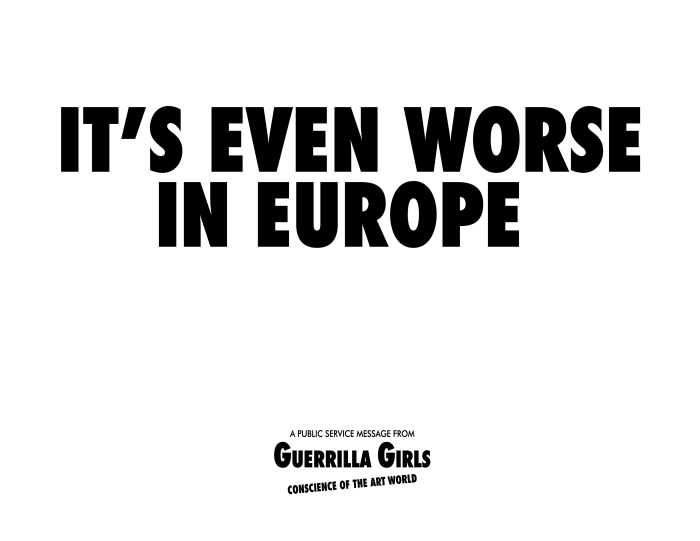
Of late there has been a most pleasing number of exhibitions highlighting less that, and despite what everyone always thought, women design, but primarily exploring the reasons for the relative anonymity of female designers from centuries past and the contemporary realities for female creatives. Exploring the reasons no-one knows or knew women design.
See also ⇈⇈⇈
Parall(elles) promises to add to that canon with a presentation of and discussion on female designers and craft practitioners from North America and Canada; a presentation and discussion to be undertaken over a time span from the late 19th century until today and in the company of both native born Canadian and North American creatives such as, and amongst many, many others, Jeannette Meunier Biéler, Ruth Glennie, Eliza Au, Carolyn L. Mazloomi, or Lucia DeRespinis, and also émigrés to North America and Canada, including, and again amongst many others, the likes of Eva Zeisel, Greta Magnusson Grossman or Denise Scott Brown. Émigrés who also serve as an important reminder that all cultures and societies are dependent on migration and exchange for their development, ideally peaceful and voluntary migration and exchange. Which is always worth reminding ourselves. Particularly these days.
A presentation and discussion which alongside works of design, applied art and craft of various genres also promises to explore the frameworks and conventions and laws within which female creatives, for all those in North America and Canada, have worked over the past 120-ish years, and in which they work today, for all in North America and Canada; a presentation and discussion which aims to approach answers to the question why women are so under-represented in the popular narrative of design (hi)story. And can we change that?
And a presentation and discussion focussed on North America and Canada which should allow for more probable understandings of the (hi)story of design in North America and Canada: the former a country that for all its importance in the (hi)story of design, is a contribution carried, at least in popular retellings and understandings, on very few, and predominately male shoulders. Which clearly can't be the whole picture. The latter a country, we'd argue it is fair to say, whose (hi)story in context of design is largely unknown, and thus Parall(elles) offers an excellent opportunity to start to learn about the (hi)story of design in Canada, and to become acquainted with contemporary design and craft in Canada, without the skewing and distorting of popular design (his)story.
Parall(elles). A History of Women in Design is scheduled to open at the Musée des beaux-arts de Montréal, 1380 Sherbrooke Street West, Montreal, Quebec, H3G 1J5 on Saturday February 18th and run until Sunday May 28th. Further details can be found at www.mbam.qc.ca
